
Crested Goshawk
Accipiter trivirgatus
Crested Goshawk (Accipiter trivirgatus) is a medium forest raptor across tro···

Harpy Eagle
When you think of powerful, majestic creatures of the sky, the harpy eagle c···

Phaethon rubricauda
Phaethon rubricauda,Red-tailed Tropicbird
The Red-tailed Pi ... A dark brown comma-shaped stripe extends from behind t···

Bald Eagle
Bald Eagle,Haliaeetus leucocephalus
Bald eagles mainly live near coasts, lakes and rivers. They feed on large fi···

Falco peregrinus
Falco peregrinus,Peregrine Falcon,Rosewood eagle, pigeon tiger, duck tiger, blue swallow
Peregrine falcon is called Peregrine Falcon in foreign language, and it has ···

Phodilus badius
Phodilus badius,Oriental Bay-owl
Oriental Bay-owl, also known as Oriental Bay-owl, has a heart-shaped face an···

Tyto longimembris
Tyto longimembris,Eastern Grass-owl, Monkey-faced owl, Monkey eagle, White-breasted grass owl
The Eastern Grass-owl is a medium-sized bird of prey with 6 subspecies.The G···

Tyto alba
Tyto alba,Barn Owl,Monkey-faced eagle, Monkey-headed eagle
Barn Owl is a medium-sized bird with 32 subspecies.The barn owl often moves ···
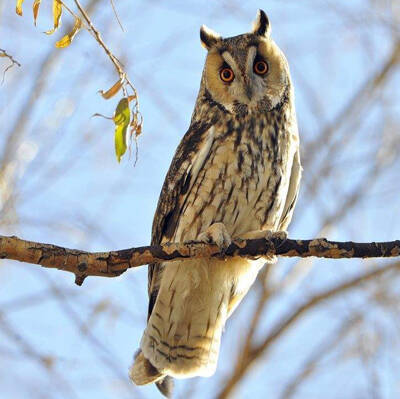
Asio flammeus
Asio flammeus,Short-eared Owl,Night owl, owl, field cat king, short-eared owl, small-eared wood rabbit
Short-eared Owl, also known as Short-eared Owl in English, has 10 subspecies···
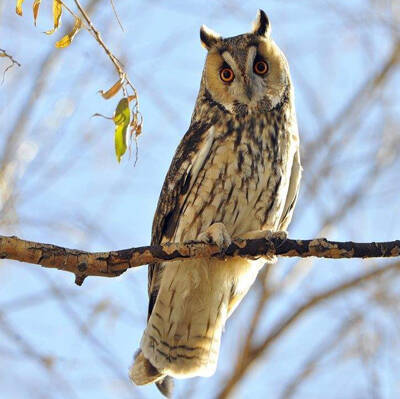
Asio otus
Asio otus,Long-eared Owl,Northern Long-eared Owl,Strix otus Linnaeus, 1758,Long-eared wooden rabbit, with headset Elvis, tiger eagle, Biaomu rabbit, night owl, owl
The long-eared owl is called Long-eared Owl in foreign language, and there a···
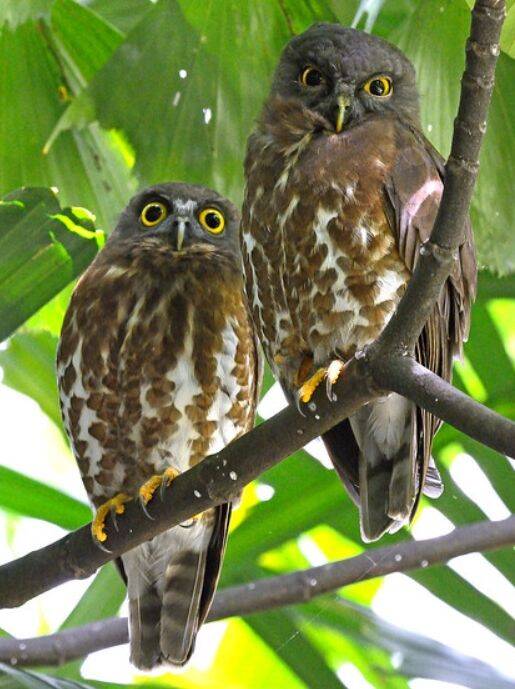
Ninox japonica
Ninox japonica,Northern Boobook,Northern Hawk Owl
The Japanese hawk owl, also known as the Northern Boobook, is a medium-sized···
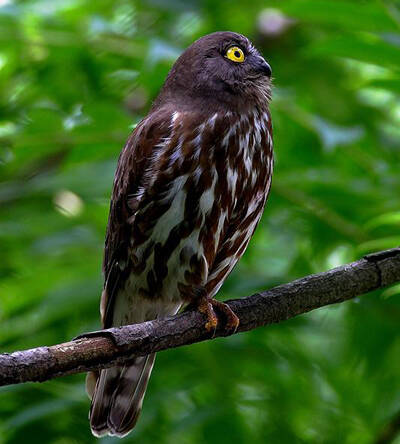
Ninox scutulata
Ninox scutulata,Brown Hawk-owl,Brown Hawk-Owl
The Brown Hawk-owl is a medium-sized bird of prey with 11 subspecies.Hawk-ow···
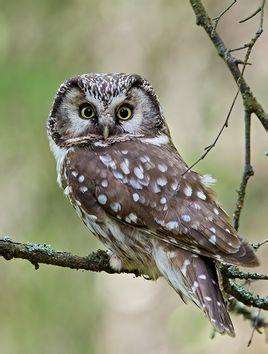
Aegolius funereus
Aegolius funereus,Tengmalm's owl,Little Owl
The foreign name of the ghost owl is Tengmalm's owl, and there are 6 sub···
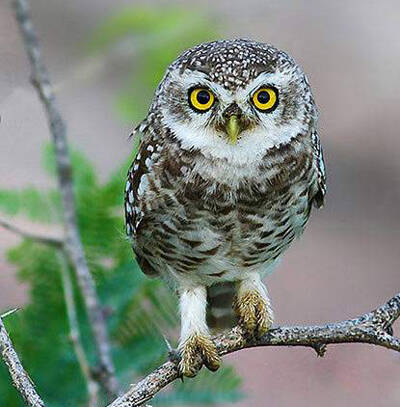
Athene brama
Athene brama,Spotted Owlet
Spotted Owlet, also known as Spotted Owlet, has 5 subspecies.Spotted Owlet o···
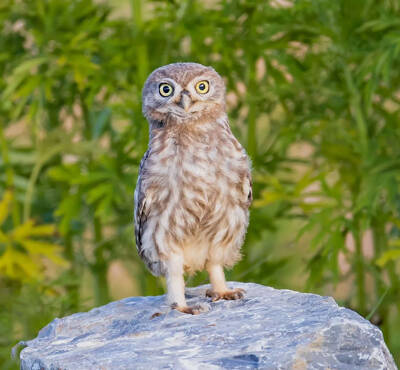
Athene noctua (Scopoli, 1769)
Athene noctua (Scopoli, 1769),little owl,Little Owl, Owl, Owl, Owl Owl
The Little Owl with Vertical Stripes is called Little Owl in English. There ···
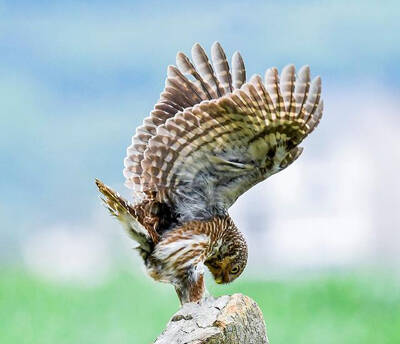
Glaucidium cuculoides
Glaucidium cuculoides,Asian Barred Owlet,Little Owl, King Cat Bird, Fox Training, Wandering
Asian Barred Owlet is a small owl with 8 subspecies.Asian Barred Owlet is a ···
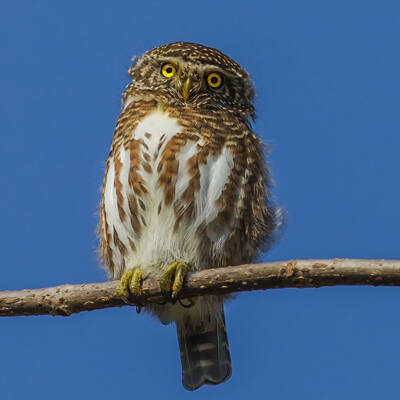
Glaucidium brodiei
Glaucidium brodiei,Collared Owlet,Little Owl
Collared Owlet, also known as Collared Owlet, has 4 subspecies.Collared Owle···
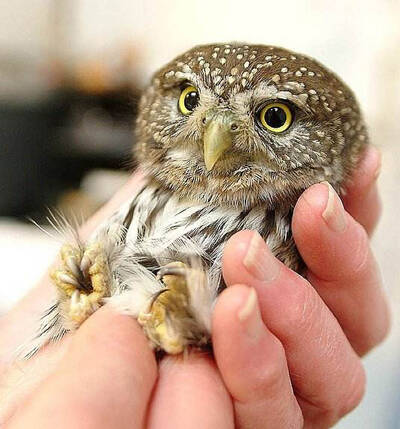
Glaucidium passerinum
Glaucidium passerinum, Eurasian Pygmy Owl
The Eurasian Pygmy Owl is a small bird with two subspecies.The Eurasian Pygm···
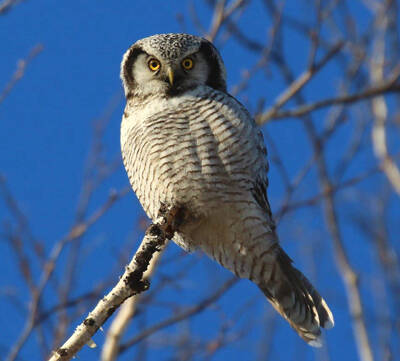
Surnia ulula
Surnia ulula,Northernhawkowl,Dogchin-Ugel, Eagle Owl, Owl
The Northern hawk owl is a medium-sized bird with three subspecies.The North···
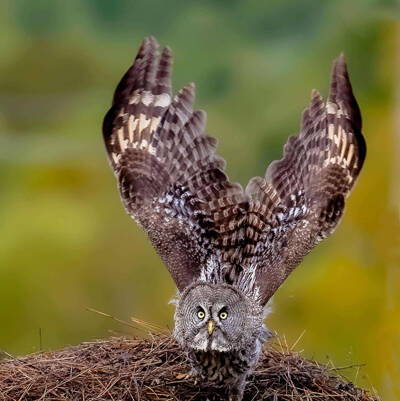
Strix nebulosa
Strix nebulosa,Great Grey Owl
Great Grey Owl is a large owl with two subspecies.Except during the breeding···
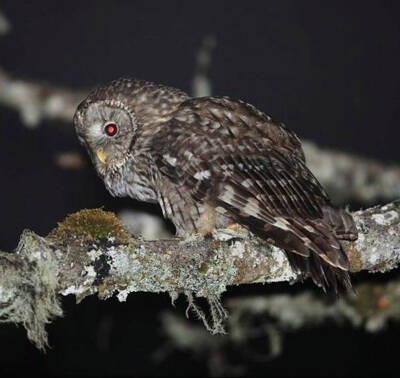
Strix davidi
Strix davidi,Sichuan wood owl,Hum, cat-bird, owl
Sichuan wood owl, also known as Sichuan wood owl in English, is a large gray···
